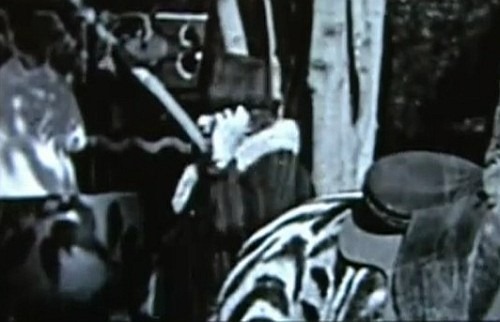To what extent do conditions of work and struggle, today, actually mirror those of the Gilded Age? Then, as now, rates of unionization were low and limited to skilled workers. With notable exceptions like the IWW, unions generally ignored the semi-skilled and unskilled. Meanwhile, there was no safety net for workers thrown out of work. These points form the basis of Post’s argument that the present is essentially like the past. In reality, US labor market conditions today are little like they were in the decades before World War I – and not only because in 1880, 50 percent of the labor force was still in agriculture. Major differences between the present and the past can easily be demonstrated by looking at real-wage trends for unskilled workers.
Between 1880 and 1913, unskilled workers’ real wages rose by 1.5 percent per year. Recall that for production and nonsupervisory workers, real compensation was stagnant between 1974 and 2007. How was it possible for unskilled workers’ wages to rise so quickly, back then, in spite of an absence of unions and social protections? One reason is that labor markets were tight: this was an era of labor under-supply in the US. Many whites still had access to land. Meanwhile, indigenous populations had mostly been eradicated. Racist factory-owners in the North were loath to attract Black sharecroppers from the South, so, as the economy boomed, huge numbers of immigrants were pulled in from Europe. Post argues that “in the 1890s, the vast majority of working people lived an incredibly precarious existence,” but that was much less true in the US than it was in Europe. Immigrants came to the US precisely to escape much higher levels of precarity. Around the turn of the century, this country saw one of the largest mass migrations in history, yet real wages for unskilled workers continued to rise.
On this basis, one argue that, in certain limited respects, the liberal period, 1880-1913, was more like the age of managed capitalism, 1949-73, than it is like the present. In the former two periods, US labor markets were tight and real wage growth was strong; today, the labor market is slack and wage growth has stagnated. This is not even to mention other major differences between the late 1800s, when workers’ struggle was still largely defined by the fight to increase workers’ control over production, and the present, when workers’ loss of control has been pushed to the extreme for all but a tiny minority of high-tech engineers. Nor is it to mention that back then, the industrial workforce was still expanding, as compared to today, when it is shrinking.
Read More | "Precarity Rising" | Aaron Benanav | Viewpoints
